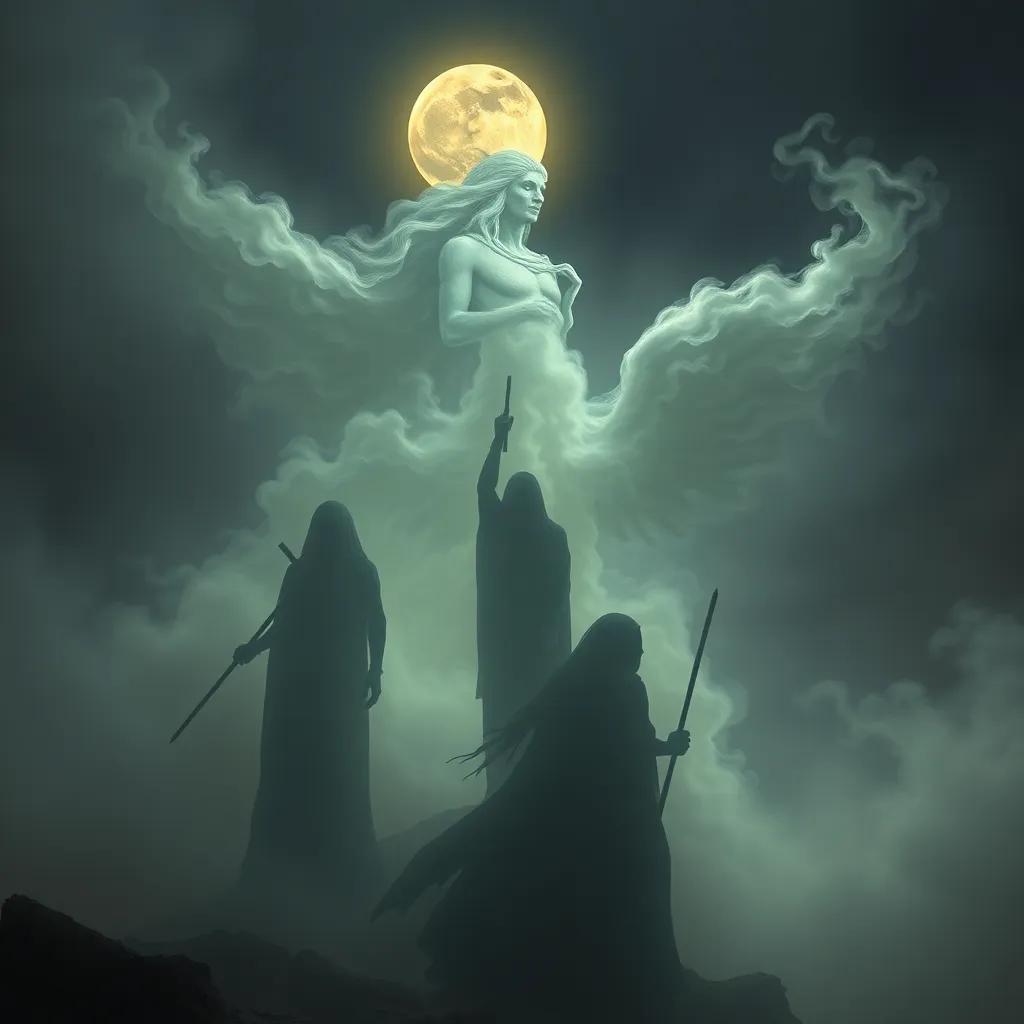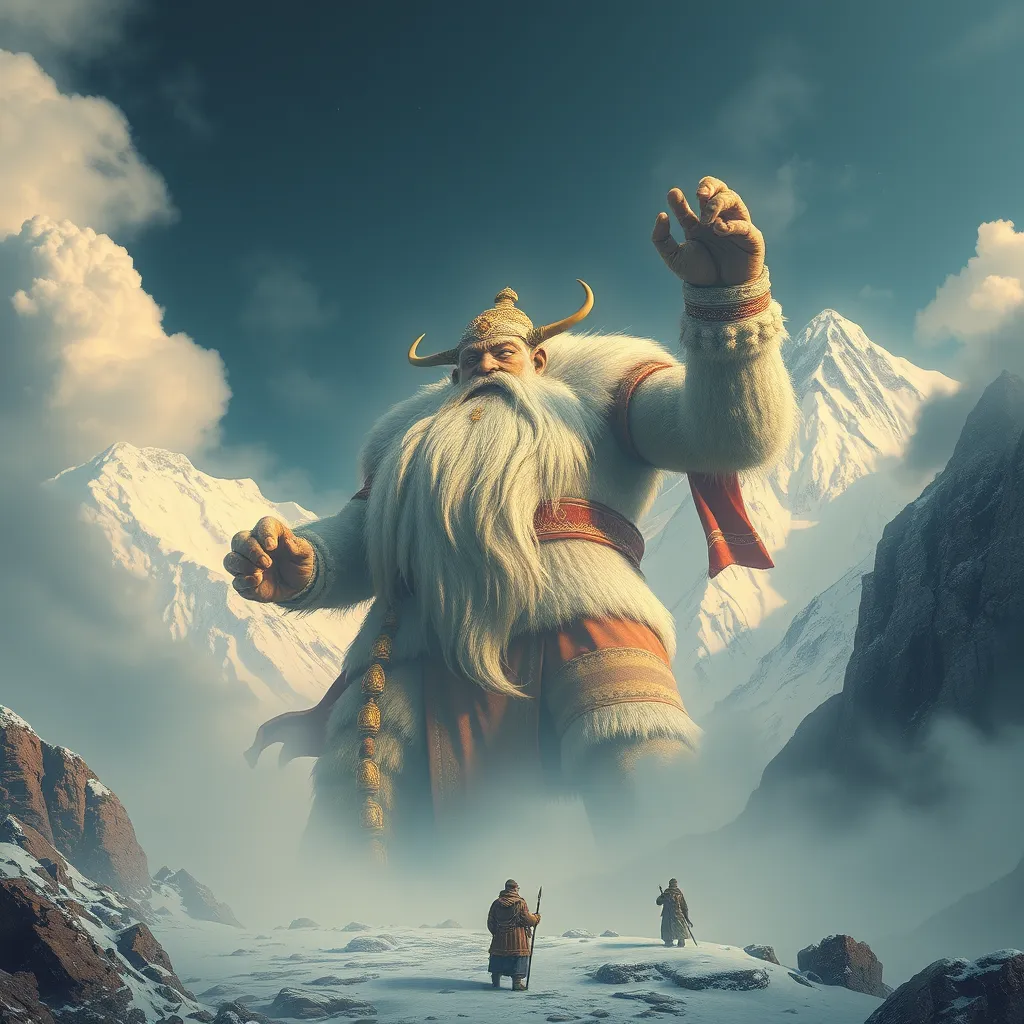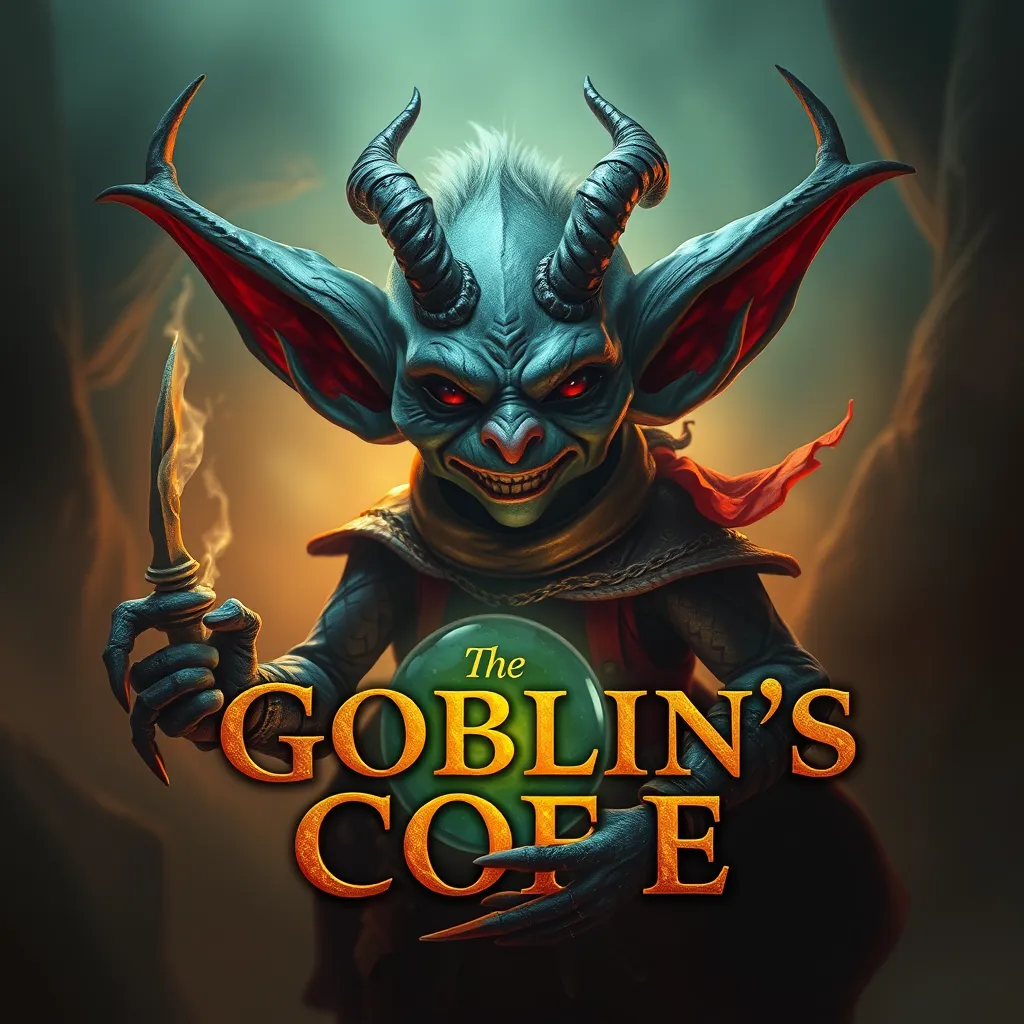Haunted by the Past: Ghosts in Egyptian and Mesopotamian Mythologies
I. Introduction
Throughout history, ghosts have occupied a significant place in the cultural and religious frameworks of ancient civilizations. They often embody the complex relationships between the living and the dead, reflecting societal values, fears, and beliefs about mortality. This article aims to explore the representation of ghosts in Egyptian and Mesopotamian mythologies, examining how these ancient cultures conceptualized the afterlife and the spirits that inhabit it.
In Egyptian and Mesopotamian civilizations, the afterlife was not merely a continuation of existence but a realm governed by specific laws and deities. This article will delve into the rich tapestry of beliefs surrounding the afterlife and spirits in these two ancient cultures.
II. The Concept of the Afterlife in Egyptian Mythology
Ancient Egyptians held a profound belief in the afterlife, viewing it as a journey that each individual undertook after death. This journey was fraught with trials and required moral integrity during one’s lifetime.
The Book of the Dead, a collection of spells and prayers, served as a guide for the deceased, helping them navigate the challenges of the afterlife. It was believed that the heart of the deceased would be weighed against the feather of Ma’at, the goddess of truth and justice, to determine their fate.
Mummification played a crucial role in these beliefs, as it was thought that preserving the body was essential for the soul (ba) to recognize it and return to it after death. The intricate processes involved in mummification reflected the Egyptians’ desire for immortality.
III. Ghosts in Egyptian Folklore
In Egyptian folklore, ghosts are often referred to as kh spirits. These spirits were believed to be the manifestations of the deceased who had not fully transitioned into the afterlife.
Characteristics of Egyptian ghosts include:
- Restlessness due to unfulfilled duties in life
- Desire for offerings and remembrance from the living
- Ability to interact with the living, sometimes for both benevolent and malevolent purposes
Famous ghost stories in Ancient Egypt, such as the tale of the Ghost of the Vulture, illustrate the cultural implications of these spirits. Such stories often served moral lessons and highlighted the importance of honoring the dead.
Ghosts were also deeply intertwined with the societal and religious practices, as rituals and offerings were often conducted to appease these spirits, ensuring they remained at peace.
IV. The Role of Deities and Spirits in Egyptian Ghost Lore
Deities played a vital role in Egyptian ghost lore, guiding souls and ensuring the proper functioning of the afterlife. Key figures include:
Anubis
Anubis, depicted as a jackal or a man with a jackal’s head, was the guide of souls. He oversaw the embalming process and was responsible for leading the deceased through the afterlife.
Osiris
Osiris, the god of the afterlife and resurrection, was revered as the ruler of the underworld. His mythos encapsulated themes of death and rebirth, emphasizing the cyclical nature of life.
Other significant deities, such as Isis and Horus, also played roles in the journey of the soul, reflecting the interconnectedness of divine and mortal realms in Egyptian beliefs.
V. The Concept of the Afterlife in Mesopotamian Mythology
In Mesopotamian cultures, including Sumerians and Babylonians, beliefs in the afterlife were distinct yet equally complex. The afterlife was viewed as a shadowy existence in the Underworld, known as Kur.
The Underworld held significant importance, as it was considered a place where all souls went after death, regardless of their moral conduct in life. Unlike the Egyptian view, where the afterlife could be a paradise for the worthy, the Mesopotamian afterlife was often seen as a dreary, dark existence.
While both cultures believed in an afterlife, the Mesopotamian perspective highlighted a more deterministic view of fate, contrasting with the more individualized journeys of Egyptian souls.
VI. Ghosts and Spirits in Mesopotamian Folklore
Mesopotamian ghosts, known as etemmu, were believed to be the restless spirits of the deceased. Characteristics of these ghosts included:
- A desire for proper burial rites and offerings
- The potential to haunt the living if neglected
- An association with illness and misfortune
Notable ghost stories from the region, such as those found in the Epic of Gilgamesh, reveal the cultural perceptions of death and the afterlife. These narratives often served as cautionary tales, emphasizing the importance of familial duty and respect for the dead.
The societal role of ghosts in Mesopotamian culture was significant; they were believed to impact the living through their unfulfilled desires, prompting rituals and offerings to appease them.
VII. Comparative Analysis: Egyptian vs. Mesopotamian Ghosts
When comparing Egyptian and Mesopotamian ghost beliefs, several similarities and differences emerge.
Similarities
- Both cultures believed in the existence of an afterlife and the potential for spirits to linger among the living.
- Rituals and offerings were crucial in honoring the dead and appeasing restless spirits.
Differences
- Egyptian ghosts often had a more defined role in the afterlife, with clear paths to paradise or punishment, while Mesopotamian ghosts faced a more ambiguous fate.
- The geographic and societal contexts influenced the narratives, with Egypt emphasizing resurrection and renewal, whereas Mesopotamia focused on duty and the inevitability of death.
VIII. Conclusion
The exploration of ghosts in Egyptian and Mesopotamian mythologies reveals profound insights into how ancient cultures grappled with the concepts of death and the afterlife. Both civilizations crafted intricate narratives that reflected their beliefs, fears, and values surrounding mortality.
The lasting impact of these beliefs continues to resonate in modern culture, where themes of the afterlife and the supernatural remain prevalent in literature, film, and art. As we reflect on these ancient narratives, we recognize a universal human fascination with the unknown, the past, and the spirits that may linger long after we are gone.



